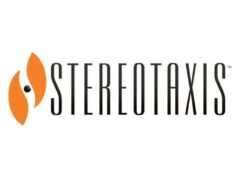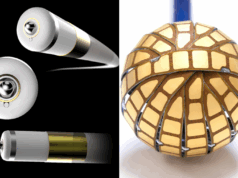
The proportion of cardiologists reporting burnout has nearly doubled during the COVID-19 pandemic, according to research presented at the American College of Cardiology’s 70th Annual Scientific Session (ACC.21, 15–17 May, virtual). This was among the key findings of the ACC’s 2020 Well Being Study, presented at ACC.21 by Laxmi Mehta vice chair of wellness for the Department of Internal Medicine at the Ohio State University Wexner Medical Center (Columbus, USA) and the study’s lead author.
Among those surveyed, burnout increased from 20% to 38% during the peak of the pandemic, Mehta reported. Rates of burnout pre- and peak COVID-19 increased across all members of the cardiology team and was particularly striking among cardiovascular team members, which researchers said may be because they were more likely at the bedside as patients were dying.
Among all cardiovascular clinicians—cardiologists, physician assistants, nurse practitioners, nurses, pharmacists and imaging technologists—half provided direct care to patients with COVID-19, and yet one out of five reported not having adequate personal protective equipment (PPE). Not surprisingly, the rate of burnout was higher in this group.
“We know from previous studies that burnout is pervasive in cardiology and medicine in general, but we felt it was important to take the temperature of our colleagues amid the COVID-19 pandemic. The prevalence of burnout among cardiovascular professionals nearly doubled when comparing pre- to peak COVID-19 levels,” said Mehta. “It clearly shows that there are lots of opportunities to improve the work environment; COVID-19 has really put a magnifying glass on the fact that things were bad and now have significantly worsened.”
The survey revealed that some cardiovascular clinicians are thinking about leaving their jobs, in some cases, because of COVID-19. Plans to reduce clinical work hours in the next year, leave their current practice or retire early were reported by 23%, 13% and 13% of respondents, respectively, and notably higher among those who reported feeling burnt out.
For some, COVID-19 is the key influencer for these decisions, with 17% of clinicians planning to reduce their clinical work hours, 12% planning to leave their current practice and 11% planning to retire due to COVID-19. The survey also revealed financial stressors exacerbated by COVID-19, with 41% of respondents reporting that their salary had been reduced to some degree. Roughly the same percentage of clinicians also reported inadequate health system support during the pandemic related to workers’ basic needs, such as food, lodging, transportation, childcare and emotional support.
“Health systems need to take steps to help ensure basic safety, financial and personal needs of cardiology clinicians especially in the wake of COVID-19,” Mehta said. “There are also still many unknowns with emerging variants and as our communities open more, some people are choosing not to get vaccinated, not to mention on top of the already taxed health systems, there are additional burdens of caring for patients with cardiovascular disease who delayed care and are now sicker than they would have been if they presented earlier.”
The mini-Z survey on burnout was sent via email in November 2020 to 10,019 cardiologists, fellows-in training and cardiovascular team members. A total of 1,288 people responded to the survey (456 US and 436 international cardiologists, 128 trainees and 268 cardiovascular team members). Since peaks in COVID-19 disease activity differed by region, questions were structured to ask about feelings of burnout before COVID-19 and during the peak of COVID-19 in their region.
Burnout rates were lower among international cardiology professionals compared to US-based peers.
This data will be harder to interpret as each region has its own contributors to burnout that may differ, and there may be some inherent bias in who completed the survey, Mehta said.
“Burnout is a metric, but well-being is the goal and what we are striving for,” she said. “While we are resilient, these results show that we really need to be focusing on fixing the work environment, including ensuring that we have enough PPE, feeling valued and safe at work, improving team dynamics and efficiencies, which are all essential whether there is COVID-19 or not. Organisations need to focus on improving workforce care not just patient care.”
The study is limited in that it relied on respondents’ own interpretation of burnout. Mehta and her team will be examining the data more closely to understand gender and career stage differences.









